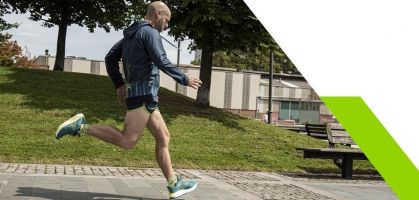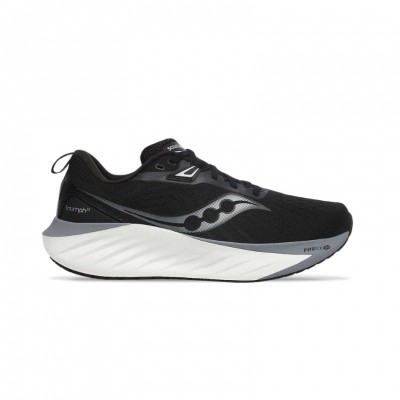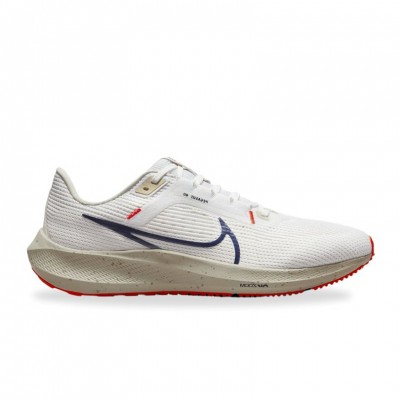There is no doubt that for some decades now, the competitive world has been able to establish itself among amateur or recreational runners. Although until the 70's and 80's races were intended for the best athletes in each discipline, little by little the organizers and the culture itself attracted runners with a lower level.
Since then, interest and participation in races has been progressively increasing and it is likely that we have experienced a real "boom" since the beginning of the 21st century. Today, putting on a pair of running shoes, training for a goal, and registering for a specific race is a very common trend in our society.
Beyond trends and fashions, the increased awareness of the benefits of a healthy lifestyle that exists today has caused many people to choose running as their preferred form of exercise.
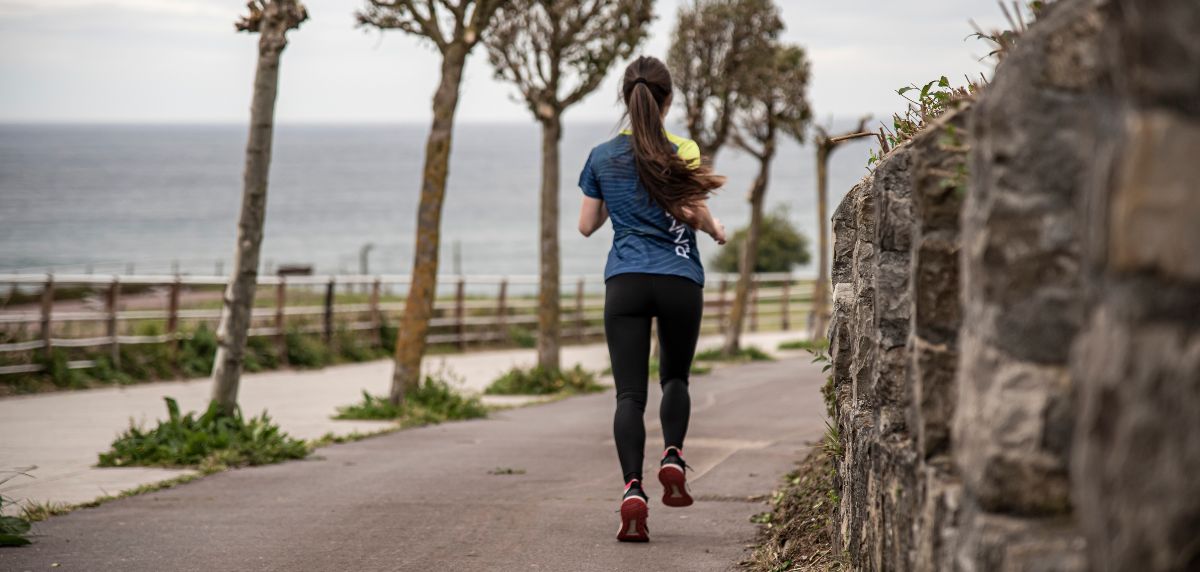
The half marathon is one of the favorite distances for recreational runners.
The world of competitive running encompasses a wide variety of distances, but the most popular distances for amateur runners are the 10k, the 21k and the 42k. Logically, race distance will depend on your level of fitness and previous experience in both training and competition. If you are new to running, you will probably opt for distances ranging between 5 and 10km.
If you have already had some competitive running experience, you may be itching to try longer distances. Undoubtedly, the half marathon is the perfect length to experience the thrills of long distance racing: demanding but affordable at the same time.
But as with all distances, training to run 21.097km and mastering the discipline is not achieved overnight and involves taking into account a number of aspects that are decisive in your future performance as a runner. Here, RUNNEA brings you the keys to success when training for the fastest half marathon.
Keys to success for training for the fastest half marathon
Needless to say, in the following lines we are not going to reveal to you any secret recipe for performing well in the half marathon, because basically the secret is very simple: training, training, and more training.

But it is also true that within the training, there are certain elements that should be worked on if you want to succeed at this distance. Here are 4 keys to improve your time in the 21097 meters:
Learn and know how to run at low intensity
This is very, very important to generate the aerobic base and be more economical. The problem is that a large percentage of less experienced runners think they are running at low intensity, but really if we were to analyze their heart rate or their perception of effort, we would see that they are actually running at medium intensity.
Running at low intensity means not exceeding Heart Rate Zone 2, or not exceeding a subjective perception of exertion of 3 out of 10.
In order for your low intensity runs to match this desired exertion level, you must have consistency and, above all, a lot of patience to maintain a constant pace which is, in many cases, slower than what you could really do. If you still exceed the pulse rate, it would be beneficial to introduce the CACO method in your sessions so that your heart works at low intensities.
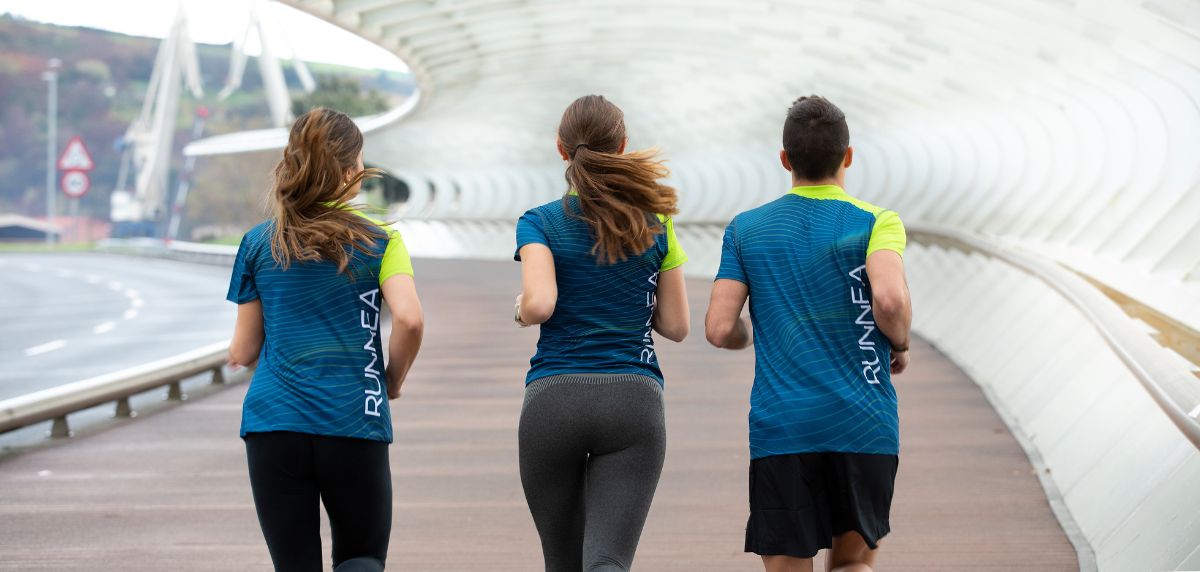
High intensity sessions
Whatever the pace you are training for in the half marathon, it will be very important to include high intensity sessions in your preparation. Usually, this high intensity will be achieved with short sets at high speed or middle distance sets with incomplete recovery.
8 x 400 meters at maximum speed with a one minute recovery, or 4 x 1000 meters at a speed faster than your best 5k time with a two minute recovery are two examples of high intensity workouts.
Don't forget strength training
Including strength training in your planning should not be optional, but almost an obligation. Strengthening your muscles, tendons, and joints, and improving your useful running strength will make you more economical in your efforts and reduce the risk of injury.
A stronger runner will exert less energy to go at the same speed or run faster than a weaker runner spending the same energy. This is called: Energy efficiency.
The key: train your running pace
We can't 100% guarantee it, but one of the major conditioning factors in good performance is the development of the race pace. Basically, this consists of training and automating the pace you are going to run on race day. To do this, the first step is to decide at what pace you are going to face the half marathon, depending on your fitness, level, experience, the characteristics of the course, and the weather.
The choice of race pace must be realistic and, unless you are a very experienced runner or with a medium-high level, a little conservative.
Experts in the field, such as Muñoz et al. (2020), state that setting a specific race pace allows athletes to maximize their performance through optimal energy consumption. They also indicate that age and experience are two of the most influential factors in the decision of a target race pace.

Once the pace has been decided, the next step is to put it into practice in your training sessions. The best way to do this is on the long runs themselves, splitting the long run into a warm-up, a main part where you do several blocks at your target pace, and a final short cool-down part.
For example, a training idea could be: 2km warm-up + 2 x 7km at 21k pace, recovering 1km between sets, + 1km cool down. In total, 18km.
Once you are nearing the end of your training, the last step will be to plan your strategy on the day of the race to meet your predetermined pace and, thus, achieve your goal time when crossing the finish line. Scientific evidence has shown that the best way to perform at the highest level is by adopting a steady pace strategy or running "in the negative":
- Constant pace: maintain a very similar pace throughout the race.
- Negative pace: run the second half faster than the first half.
Depending on the characteristics of each athlete and the course (flat or hilly), they will have to select one these strategy options
We do not want to conclude this article without saving you time and giving you a hand prepared your half marathon strategy. In the following table we are going to recommend two strategies (constant or negative) depending on your final time:
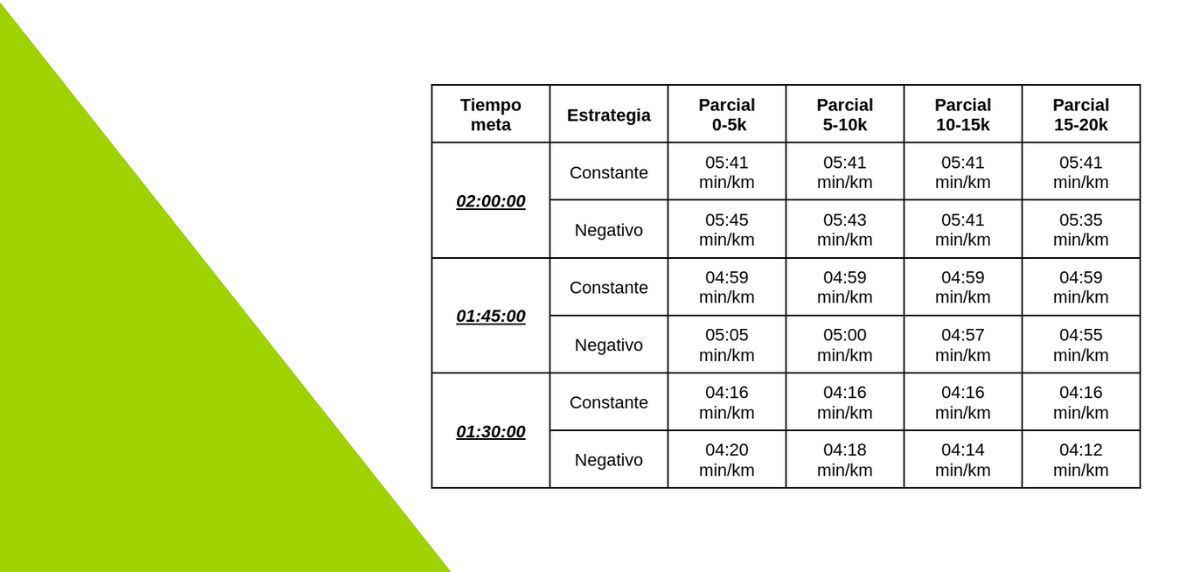
As you know, running doesn't comply with any mathematical formula, but we hope that this help from RUNNEA can help you maximize your performance in the half marathon. Let's run!
References:
Muñoz, I., Mecías, M., Crespo-Álvarez, J., Sámano-Celorio, M., Agudo-Toyos, P., Lago Fuentes, C. (2020). Different race pacing strategies among runners covering the 2017 Berlin Marathon under 3 hours and 30 minutes. PLOS ONE. 15. e0236658. 10.1371/journal.pone.0236658.
Read more news about: Running Training





